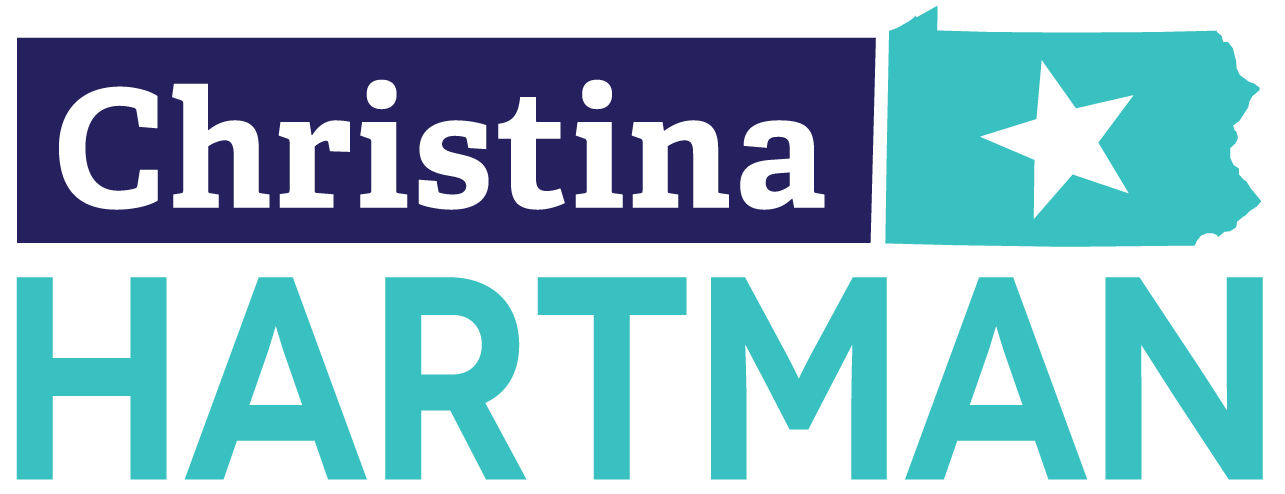In the digital age, where online campaigns and social media platforms dominate the political discourse, the traditional approach of printing political postcards on cardstock retains a unique charm and effectiveness. These tactile pieces of advocacy continue to play a pivotal role in election campaigns, grassroots movements, and awareness campaigns. This article explores the intricacies of printing political postcards, the choice of cardstock, and their enduring impact in a rapidly evolving political landscape.
The Essence of Political Postcards
Political postcards are more than just pieces of paper; they are potent tools for communication, persuasion, and mobilization. They serve multiple purposes: to inform voters about a candidate’s policies, to urge citizens to vote on election day, to raise awareness about social issues, and to mobilize support for or against legislative proposals. Their physical nature allows them to bridge the gap between the digital world and the tangible reality of voters, making a lasting impression that digital ads struggle to achieve.
Choosing the Right Cardstock
The choice of cardstock for printing political postcards is crucial. It not only reflects the campaign’s professionalism but also affects the postcard’s durability and perceived value. A thicker, high-quality cardstock can convey a message of strength and reliability, traits that campaigns often wish to associate with their candidates or causes. Furthermore, the finish of the cardstock—be it glossy, matte, or textured—can enhance the visual appeal of the postcard, making it stand out among a sea of mail.
Design and Message
The design of a political postcard must be eye-catching and concise, capable of conveying the core message at a glance. High-quality graphics, compelling imagery, and strategic use of color are essential in grabbing attention. The message should be clear and to the point, focusing on key issues or calls to action that resonate with the target audience. The effectiveness of a political postcard lies in its ability to communicate a complex message in a simple, digestible format.
Printing Techniques and Sustainability
Advancements in printing technology have made it possible to produce political postcards that are not only visually striking but also environmentally friendly. Digital printing offers a cost-effective solution for small to medium-sized runs, allowing for customization and variable data printing. Offset printing, on the other hand, is more suited for larger volumes, offering unmatched quality and color accuracy. Campaigns are increasingly conscious of their environmental impact, opting for recycled cardstock and eco-friendly inks.
Distribution and Impact
The distribution strategy for political postcards is as important as their design and production. Targeted mailing lists allow campaigns to reach specific demographics, maximizing the impact of their message. Handing out postcards at events or in public spaces can also engage potential supporters in meaningful conversations. The physical act of receiving and holding a postcard creates a personal connection, making the message more memorable and impactful.
Conclusion
Printing political postcards on cardstock is a nuanced art that combines strategic messaging, aesthetic appeal, and tactile engagement. In an era dominated by fleeting digital communications, these postcards offer a tangible connection to political campaigns, embodying the seriousness and significance of the issues at hand. Despite the rise of online campaigning, the printed political postcard remains a powerful tool for persuasion, mobilization, and engagement, proving that in the world of politics, traditional tactics still hold significant sway.

